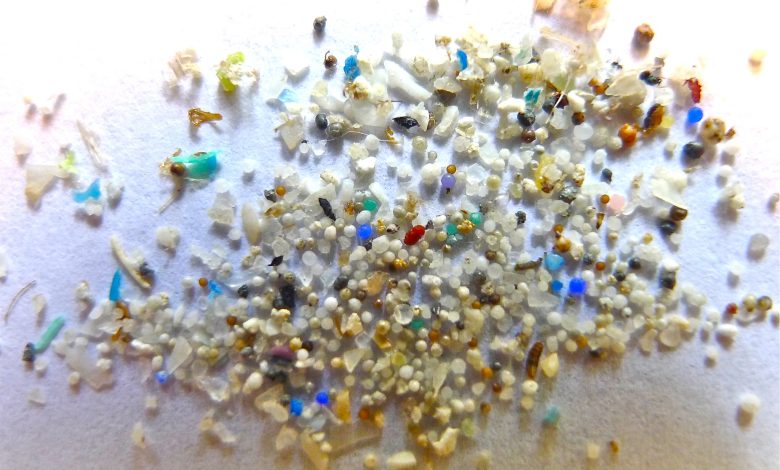New parasites transported by microplastics from the land into the ocean

(Sustainabilityenvironment.com) – The University of California has published a new study that links microplastics, that pollute the ocean, with a series of parasites, that cause diseases and destroy ecosystems. Pathogens would be able to “hook up” polymers particles and use them to be transported in the ocean. Their presence in the ecosystems would therefore leaf to deterioration, with all the consequences for human conditions. The research was published on April 26 in the journal Scientific Reports.
Karen Shapiro, one of the authors of the paper, explains how people easily label the plastic problem as “Not important. Saying: I’m not a turtle in the ocean, this object cannot choke me”. But “Once you start talking about diseases and health, there’s more power to implement the change. Microplastics can effectively move pathogens, and all of them can end up in our water or food”.
The hitchhiking of parasites
The pathogen studied are Toxoplasma gondii, Cryptosporidium(Crypto) and Giardia. They can infect both humans and animals and can use microplastics as transports to reach the sea depths. Microorganisms, recognized by the World Health Organization as a cause of shellfish consumption diseases, can be found all over the oceans.
Study’s results show how these parasites, on the microplastics, reach places in which normally there wouldn’t have been the possibility for them to arrive. Toxoplasma gondii, for instance, is normally found in cat feces but has managed to infect many ocean species.
Read also Microplastics in the lungs, found for 1 time in living people
Crypto and Giardia are instead parasites that create gastrointestinal diseases; traveling on microplastics and arriving in the oceans can enter our food chain with mortal risks for children and immunocompromised subjects. “This problem affects both humans and animals”, said first author Emma Zhang, a fourth-year veterinary student at the UC Davis School of Veterinary Medicine. “Stresses the importance of a One Health approach which requires the collaboration among human, wildlife and environmental disciplines. Everyone depends on the marine environment”.
Every microplastic transports parasites in different places
According to the research, plastic particles facilitate the journey of different parasites in different ways, depending on their ability or not to float. Scientists examined the behavior of polyethylene microspheres and polyester microfibers. The first are found in cosmetic products such as exfoliants or detergents, while the second in clothing and fishing nets. Although both types of plastic are vectors of parasites, the study showed that the latter travel “more comfortably” on microplastics resulting from textile residues, being able to travel longer distances.
“This work demonstrates the importance of preventing the sources of microplastics in our oceans”, said co-author Chelsea Rochman, plastic pollution expert and assistant professor of ecology at the University of Toronto. “The mitigation strategies include filters on washing machine, on dryers, bioretention cells or other storm water treatment technologies and best management practices to prevent the release of microplastics from industrial plastics and construction sites”. The research was funded by the Ocean Protection Council and California Sea Grant Program, with the financial support of students from UC Davis School Of Veterinary Medicine Students Training in Advanced Research (STAR).





